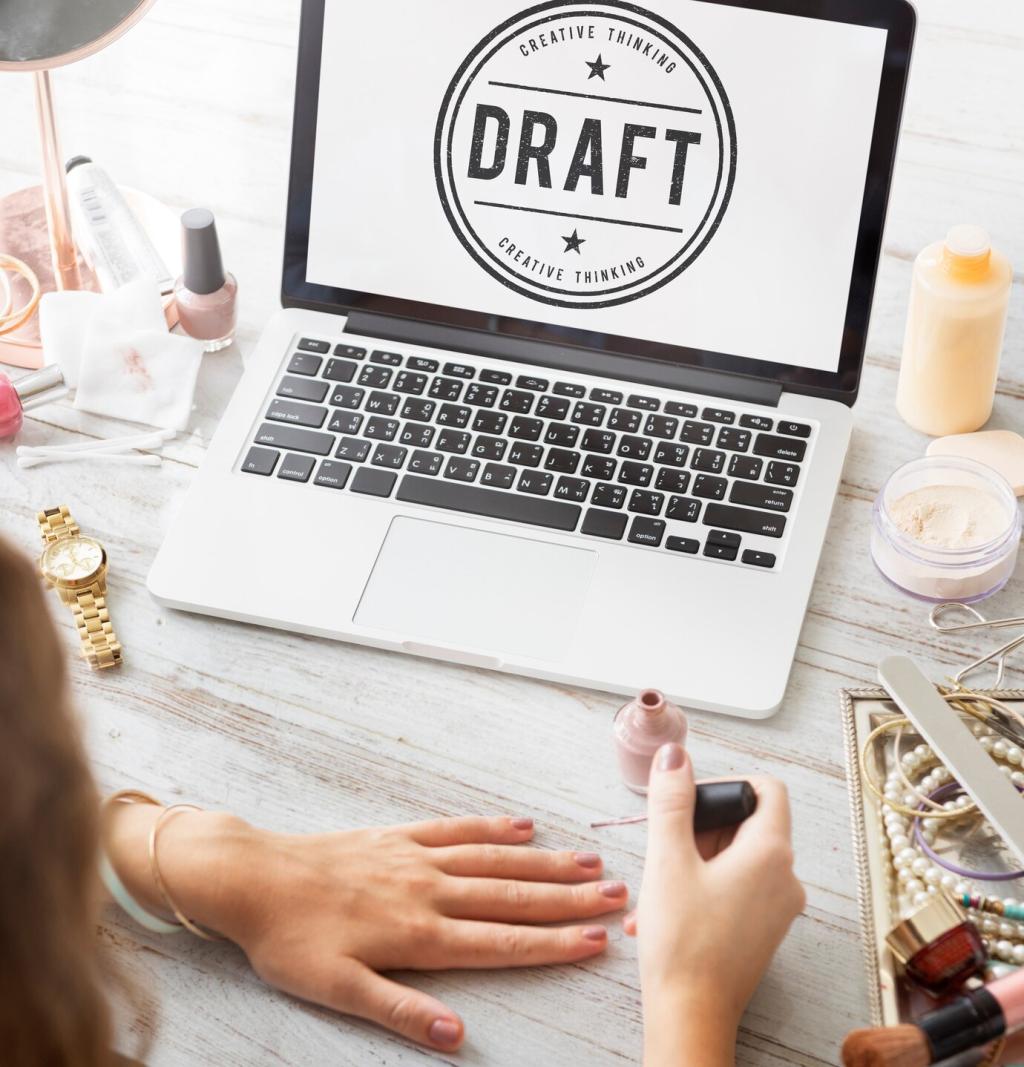Style Labels Without Substance
Calling a warm, ornamented project “minimalist” because it’s tidy undermines credibility. Define style by principles—line, volume, ornamentation, color, provenance—and cite supporting details. Context matters: regional craft, client lifestyle, and architectural bones always shape stylistic accuracy.
Style Labels Without Substance
“A pop of color,” “timeless elegance,” and “luxurious oasis” signal autopilot. Replace clichés with specifics: saffron velvet, ribbed walnut slats, limewashed plaster, low-slung profiles. Concrete images invite readers into the room, not just the marketing funnel.



